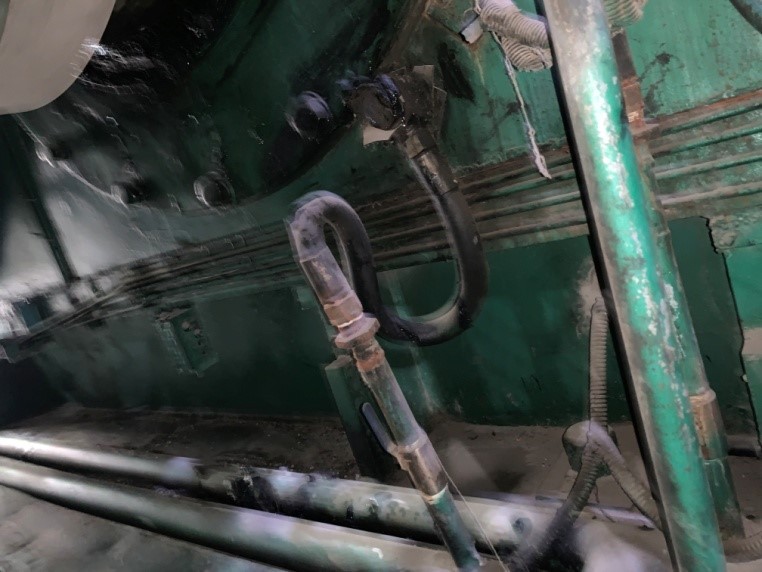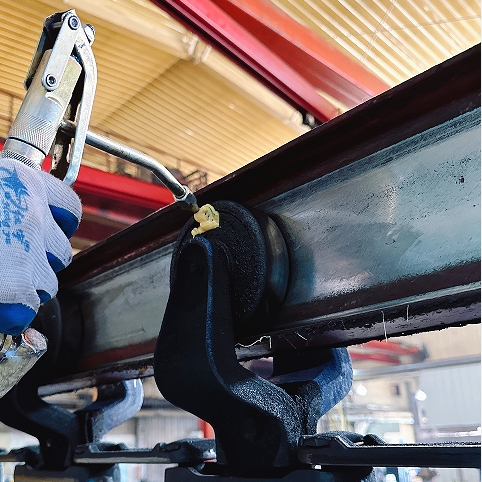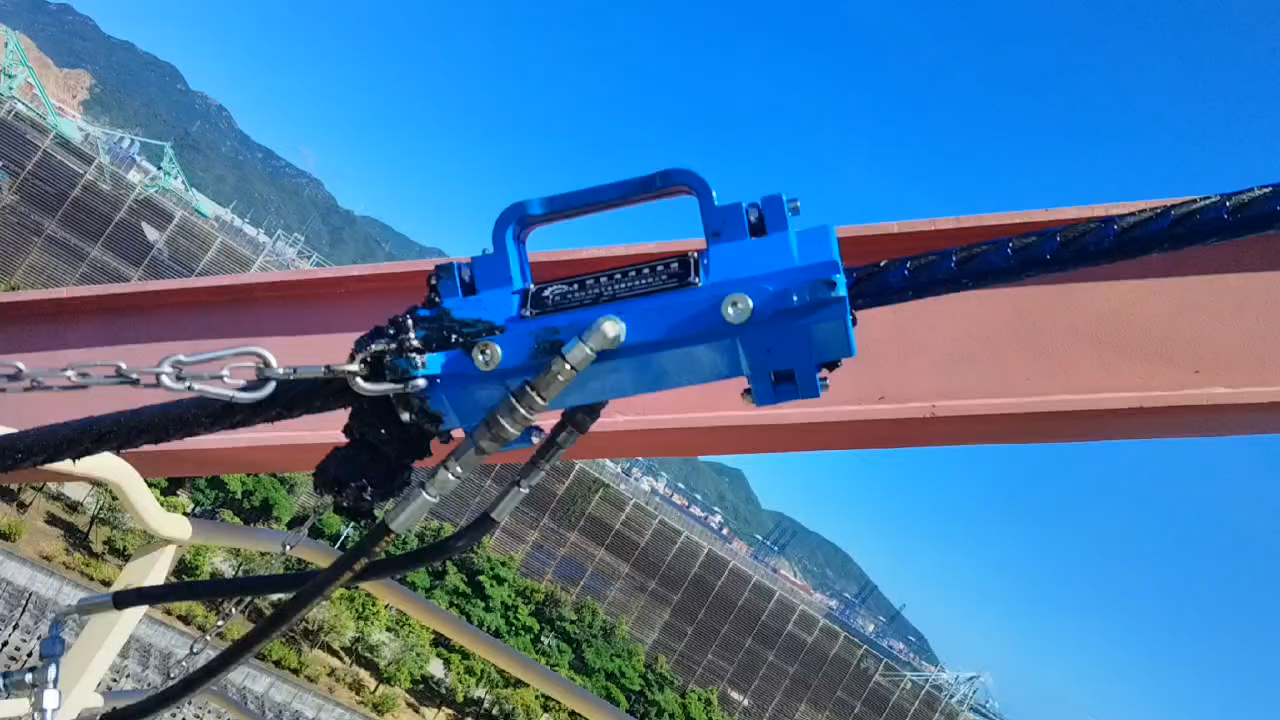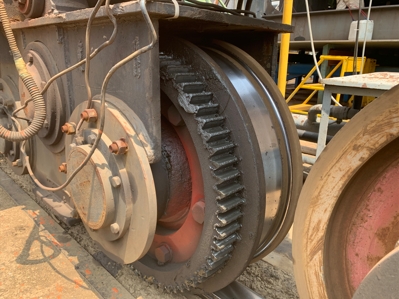Lubrication test of wheel steering bracket bearing in rail vehicle under low temperature in winter
In north China, especially with the arrival of winter, the decrease of temperature has a great impact on the lubrication of equipment. As the weather temperature decreases, it will lead to an increase in the viscosity of lubricating grease and a decrease in fluidity, to ensure that the equipment lubrication has a good effect, the requirement for lubricants is higher.
A steam locomotive maintenance plant has encountered this kind of influence due to the lowering of weather temperature, and the lubricant used by its rail vehicle to wheel steering bracket bearing will have the problem that the lubricant becomes sticky and the vehicle starts difficult during the working process in winter in the north.

wheel steering bracket bearings of rail vehicle
The U.LUBE team found that the current lubricants used in rail vehicles cannot maintain the lubrication effect in low temperature:
1. resistance to low temperatures of -30°C (extreme -40°C);
2. excellent resistance to water vapor and rust;
3. good load-bearing capacity;
4. good longevity and long service life.
According to these lubricant characteristics, U.LUBE team recommends the use of U.LUBE high performance lubricant, with excellent low temperature resistance, water resistance, good resistance to heavy load, suitable for a variety of low temperature, heavy load, water vapor and other environments. For the product to meet the requirements also need to be tested to verify the low temperature resistance performance.
The test method is to place the appropriate amount of samples in the low temperature box, set the temperature at -40 ℃, stayed for 24 hours, take out the samples, no solidification, no lumps, and compare the grease properties at room temperature does not change significantly.
The actual test results: the grease did not clump and solidify: it was in a drawable state, no change in appearance and color, and the test result was good.

The left picture is the lubricant state before cryogenic freezing, and the right picture is the lubricant state after 24 hours cryogenic freezing
At present, it has been used in large quantities on rail vehicles. After a period of use, the feedback is that the lubrication effect is good and solves the problem of vehicle starting difficulties during the working of rail vehicles in winter in the north.





